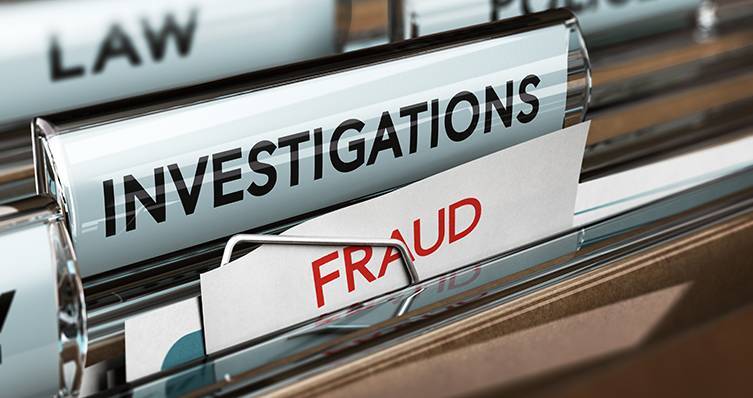
Many businesses see their day-to-day activity slow down during the holidays, giving management time to tie up loose ends. One rainy-day project to consider: Fraud risk management.
Internal controls are your company’s first line of defense against fraud. However, an internal control system that was effective years ago for an expanding retailer or a fledgling start-up may not meet the organization’s needs today.
Internal controls need to be continuously updated to stay atop changing market conditions and emerging fraud threats. Conducting a fraud sweep during the year-end lull can position your organization for success in the new year.
Prep work
Forensic accounting experts are often called in to help conduct a thorough, objective review of internal control weaknesses that may leave a business vulnerable to fraud perpetrators. Among the documents a fraud expert will examine are:
- Bookkeeping records
- Invoices
- Bank statements
- Payments
- Journal entries
- Financial reports
Management can assist by ensuring easy access to records and personnel. If employees take too long to produce documents or some records are missing, management needs to ask why, as well as determine what steps employees took to find them. Delayed responses, adversarial attitudes, and missing or incomplete documents can be red flags for fraud.
Review process
When conducting a fraud sweep, forensic accountants typically look for signs of doctored, forged, or missing documents — or anything else that appears inconsistent or unusual. For example, a cluster of journal entries posted near the end of the fiscal year could be adjustments made to cover theft or misappropriation.
Adjustments to receivables and payables are possible signs that employees are misappropriating customer payments or engaging in billing schemes. Another red flag is out-of-balance books. An end-of-year inventory of merchandise or cash can bring missing assets to light.
Experts pay particular attention to payroll documents. Missing or otherwise unaccounted-for employees could indicate the presence of “ghost” employees. In these schemes, perpetrators pay nonexistent staff members and pocket the money themselves. Management can help expose these crimes by personally handing out year-end paychecks or bonuses (or paper stubs if employees have their checks direct deposited). Any leftover checks merit further investigation.
Management should also observe employee behavior. Fraud perpetrators often avoid taking vacation or sick time for fear someone will uncover their activities in their absence. And thieves may seem irritable or defensive when asked to comply with an organized fraud sweep.
Taking action
If something appears suspicious, management must be willing to confront it and resist the temptation to explain away exceptions. If an employee is caught, it can’t be assumed that this employee is the only culprit. Unfortunately, fraud schemes often involve more than one person, including collusion between employees and involvement of people outside the company.
It’s important to keep in mind that warning signs don’t always indicate theft. Accounting irregularities may be explained by genuine errors or an ill-designed process. Honest mistakes can be corrected and avoided in the future with better training, process improvements, or the addition of more-effective controls.
Reporting mechanisms
If a company doesn’t already have a system for employees, vendors, customers, and the public to report suspicious activities, it should create one. While not required of private companies as they are of public ones, confidential hotlines can cut fraud losses by approximately 50% per scheme, according to Occupational Fraud 2022: A Report to the Nations, a biennial survey published by the Association of Certified Fraud Examiners (ACFE). The survey also found that companies with whistleblower hotlines detect frauds more quickly — the median duration of fraud schemes was 12 months for companies with hotlines compared to 18 months for those without.
Tips are the most common method of detecting fraud, and increasingly those tips come from phone and online reporting mechanisms. In 2012, the ACFE reported that 42% of fraud tips were made through hotlines. By 2022, that statistic increased to 58%.
Clean sweep
Year-end fraud sweeps allow businesses to close the books on the old year and welcome the new one with confidence. Although management and internal auditors can provide valuable information and assistance, an experienced outside fraud expert can provide fresh insights.
© 2023 KraftCPAs PLLC